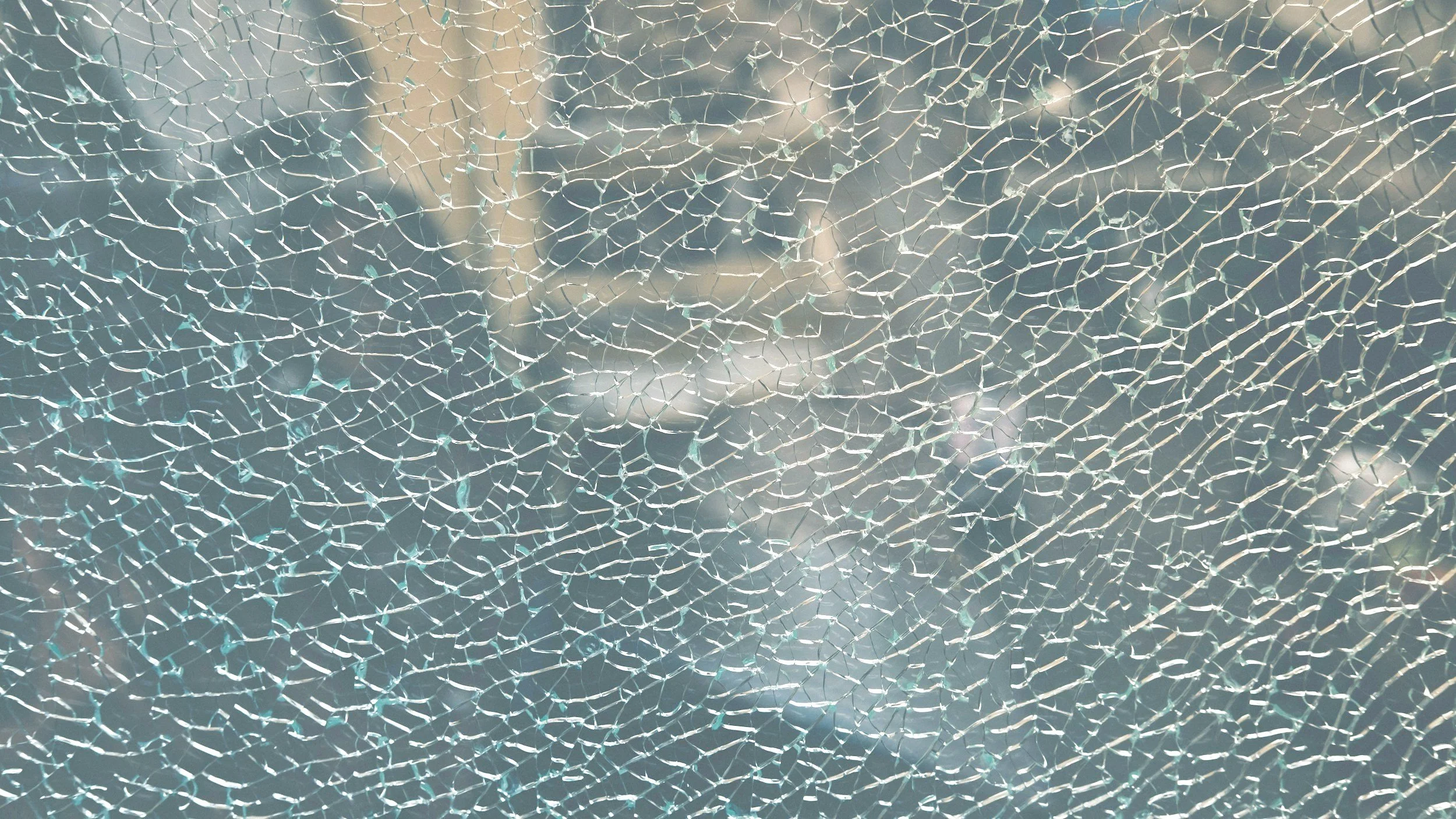
Tempered glass, also known as toughened glass, is a high-strength safety glass engineered through a controlled thermal process that heats standard annealed glass to over 600°C, then rapidly cools it to create internal stress patterns - compressing the surface and tensioning the core. Compared to regular annealed glass, tempered glass offers dramatically enhanced safety. While regular glass breaks into large, jagged shards that pose a serious risk of cuts and injuries, tempered glass is engineered to shatter into small, blunt fragments that are far less dangerous. This difference in breakage pattern is a direct result of the tempering process, which creates internal stress layers that not only strengthen the glass but also change how it fails under pressure. In fact, tempered glass is 4 to 5 times stronger than standard glass and can withstand greater impact and thermal stress. That’s why it’s often required by building codes in high-traffic areas, doors, and windows where human contact is likely. So, while regular glass may suffice for decorative or low-risk applications, tempered glass is the go-to choice when safety is non-negotiable. Its durability and safety make it ideal for a wide range of applications, including shower enclosures, glass railings and stairs, tabletops, car windows, doors, storefronts, and even smartphone screen protectors. To care for tempered glass, avoid abrasive cleaners or tools; instead, use a soft microfiber cloth and a mild soap-and-water solution to maintain clarity and prevent scratches. Since post-tempering modifications like cutting or drilling can cause breakage, all shaping must be done prior to the tempering process.

